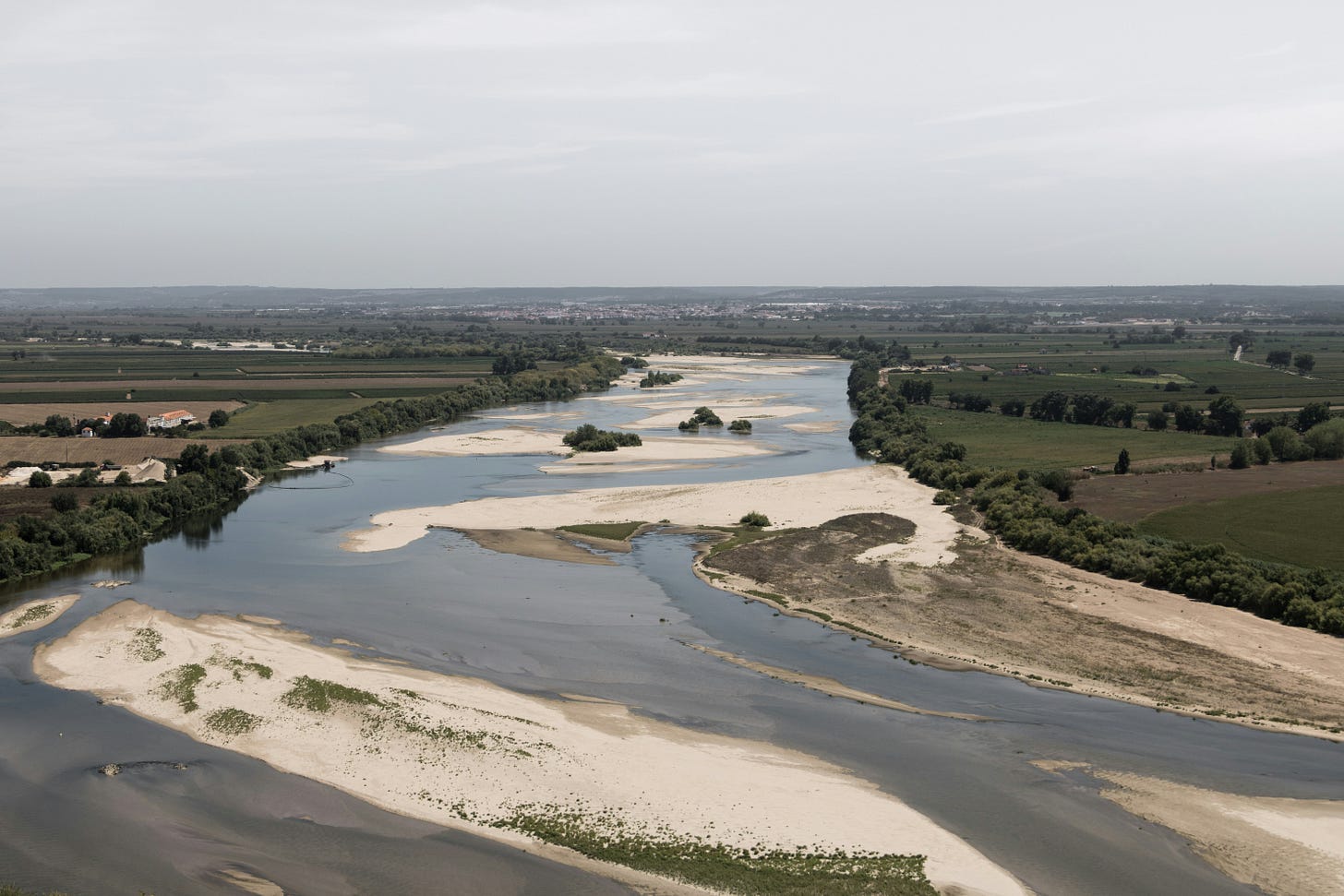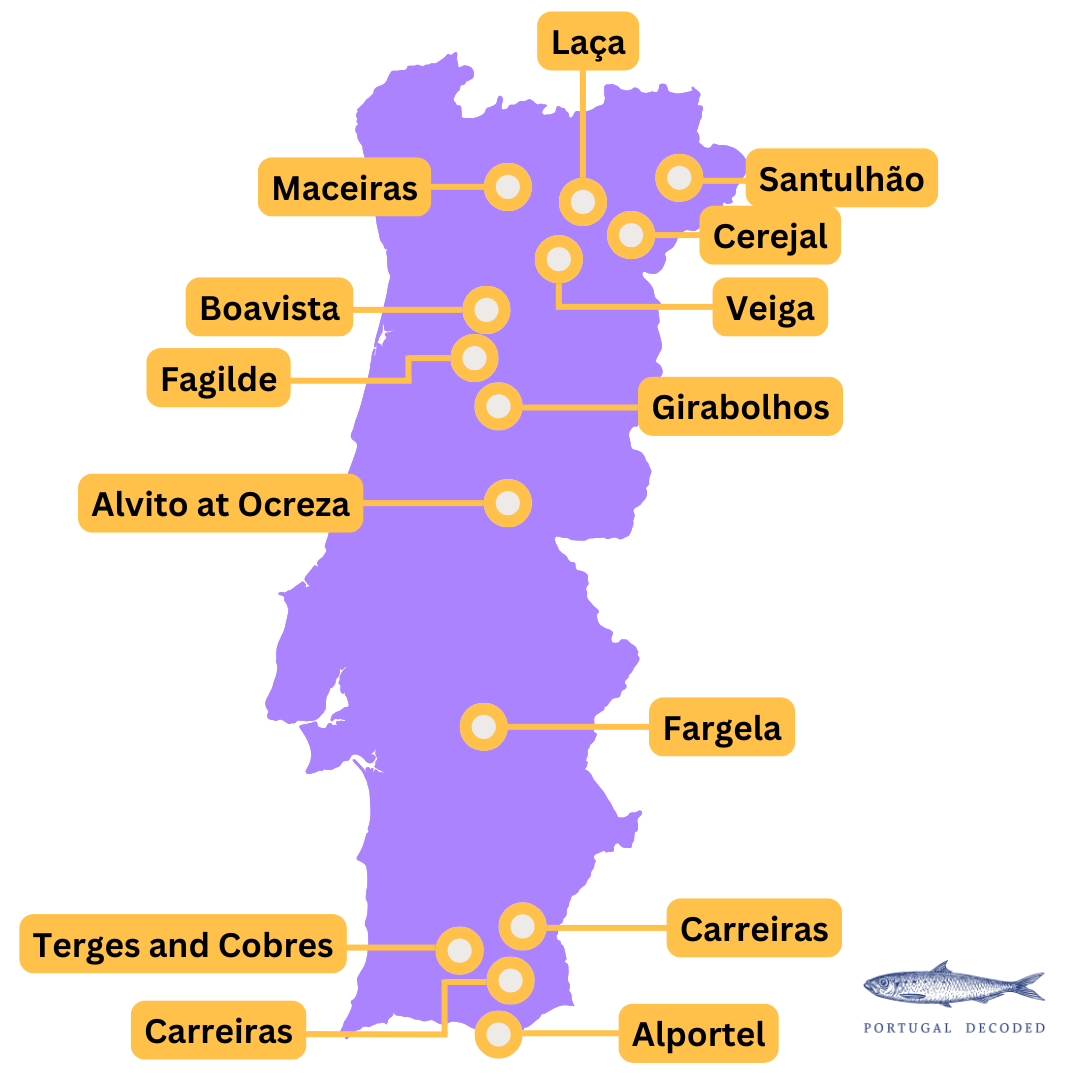Government unveils €5 billion water plan
While water availability in mainland Portugal is “higher than the needs,” the Government highlights significant regional variations: shortages exist, especially in the Alentejo and the Algarve.

On Sunday, Prime Minister Luís Montenegro presented a comprehensive national water management strategy, “Água que Une” (Water that Unites), with an estimated investment of €5 billion by 2030.
A powerpoint presentation of the strategy is available here (in portuguese).
The plan, unveiled at the Convento São Francisco in Coimbra, includes nearly 300 measures aimed at improving water efficiency, building new dams, reducing system losses, and interconnecting hydrographic basins as a last resort.
During the presentation, Montenegro emphasized that this strategy represents a “true transformation” for the country, enabling it to combat the negative effects of climate change, while optimizing resources for agriculture, industry, and tourism.
“In Portugal, there is no problem of water scarcity; there is a problem of lack of water management capacity,” noted the Prime Minister, emphasizing that “we have a resource availability from which we only use 10%.”
The Prime Minister acknowledged that “we are not starting from scratch; many things had already been planned,” but insisted that the strategy was completed “in record time, not only to make up for lost time but also to take advantage of the available funding, which is accessible until 2030.”
This funding is unprecedented, amounting to five billion euros by 2030.
Nonetheless, the PM highlighted the need for both public and private funding to ensure the plan’s execution beyond 2030, stressing the importance of long-term sustainability.
The largest-scale project involves the construction of the Alvito Dam on the Ocreza River, in the Tejo basin, planned for 2025-2035.
Additionally, projects are scheduled to increase the storage capacity of the Meimoa and Idanha dams, also in the Tejo basin.
The plan also includes a feasibility study for connecting the Tejo and Guadiana basins through the Nisa-Caia water transfer and the Alqueva-Mira interconnection.
Regional Investments and Infrastructure Projects
The strategy includes regional projects with specific investments:
North Region (€448 million; 71 measures): Modernization of the Vale da Vilariça agricultural system, implementation of the irrigation program in several locations, increase in the capacity of the Pinhão (Vila Real), Vila Chã (Alijó), Sambade (Alfândega da Fé) and Valtorno (Vila Flor) dams, removal of obsolete hydraulic infrastructures (drywalls) from the Côa River and the creation of the Multi-Purpose Project of the Baixo Sabor and Foz Tua Dam.
Vouga, Mondego, and Lis (€267 million; 30 measures): Rehabilitation of the Lis River basin, efficiency, a program to promote water efficiency in the Aveiro region, the modernization of the hydro-agricultural use of the Baixo Mondego, a study “to assess the feasibility of building the Girabolhos dam”, in Seia, and an increase in the water supply to the municipalities in the Viseu region.
Tejo and Oeste (€479 million; 65 measures): Modernization of the hydro-agricultural development of Idanha-a-Nova, a study for the construction of the Alvito dam, close to Vila Velha de Ródão, a project for the agricultural valorization of the water resources of the Tagus Valley and West and a feasibility study for the connection of the Tagus and Guadiana basins.
Alentejo (€156 million; 58 measures): Interconnection between the Alqueva and Mira reservoirs, enhanced water efficiency programs, and modernization of the Mira irrigation system.
Algarve (€126 million; 29 measures): Completion of the Alvor irrigation system modernization and feasibility studies for two new reservoirs.
Carmona Rodrigues, head of the working group overseeing the strategy, announced plans to explore a standardized national water tariff system, a long-standing demand from local governments and water authorities.
He emphasized the need for efficiency improvements and loss reduction in water supply systems.
Reactions
Environmental concerns were raised by the non-governmental organization Zero, which criticized the plan for favoring intensive agriculture without adequately addressing climate change risks.
The organization acknowledged positive aspects, such as efficiency improvements and wastewater reuse, but warned that increased water supply for irrigation could have severe environmental and economic consequences.
Zero called for a detailed public consultation process and a reassessment of funding sources and priorities.
Despite these concerns, the government remains committed to implementing the strategy, integrating it into the National Water Plan to ensure a sustainable and balanced approach to water management in Portugal.




